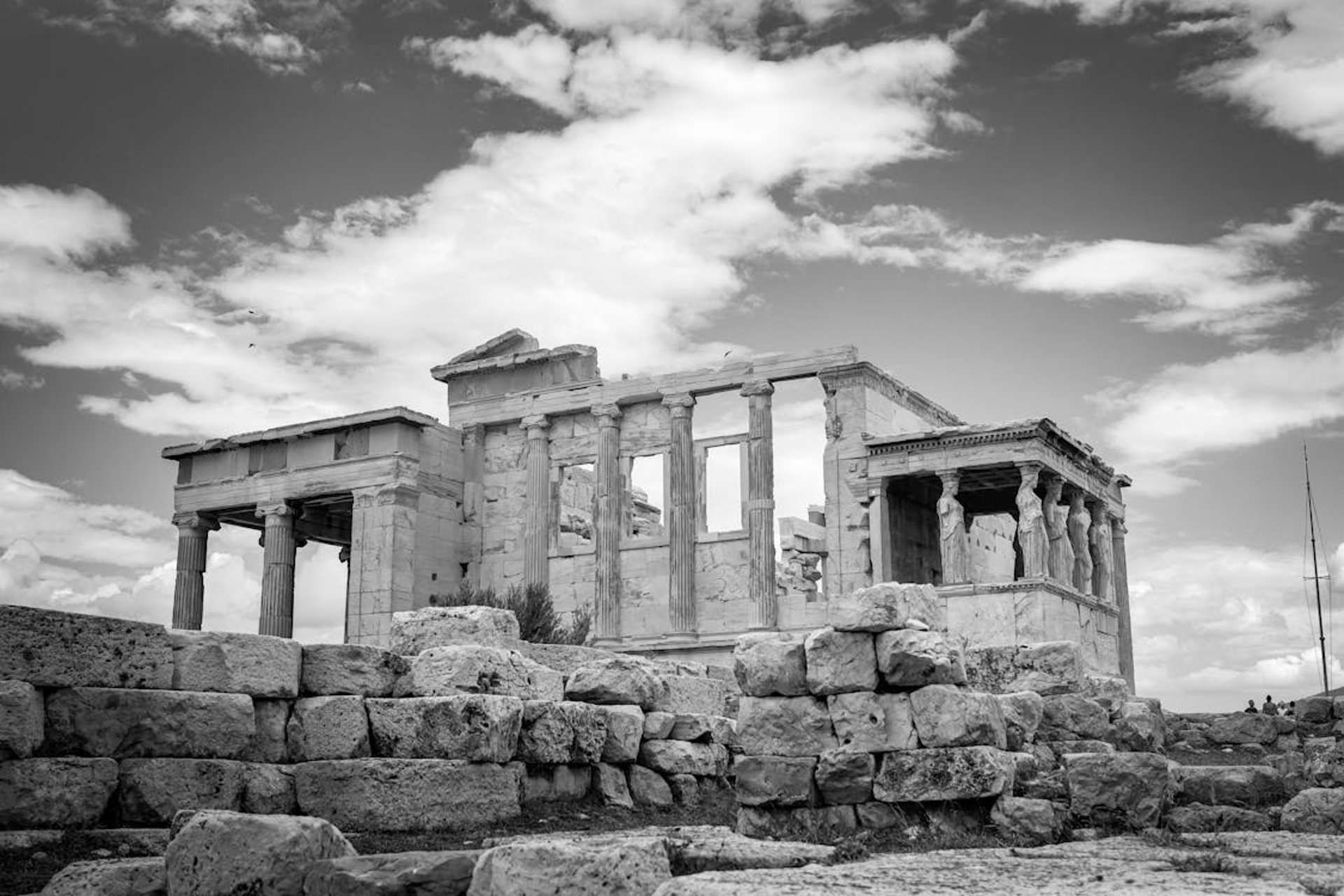
Humanautas
Get ready for an epic journey through the universe of knowledge! Here you will find articles on science, technology, history and much more, written in a clear and engaging way. Unravel the mysteries of the world, discover new passions and expand your horizons. Join our community of curious people and transform your life! After all, knowledge is the key to a bright future.
Learning is the only thing the mind never tires of, never fears, and never regrets.
Leonardo da Vinci
about

Imagination is more important than knowledge, because knowledge is limited, whereas imagination encompasses the whole world.
Einstein
Phrasing Life
Hope is the dream of the waking man.
Aristotle
The most indispensable thing for a man is to recognize the use he should make of his own knowledge.
Plato

Architecture and Philosophy
Architecture and philosophy have always been intertwined throughout human history, reflecting the values, beliefs and worldviews of each era. Architecture, as an artistic and functional expression of space, materializes philosophical concepts, while philosophy, in turn, influences the way spaces are designed and used.
In classical antiquity, Greek architecture, with its temples and theaters, sought perfection and harmony, reflecting the ideals of beauty and proportion of Platonic philosophy. The Parthenon, for example, is an iconic example of the search for order and reason, central values in Greek philosophy.
In the Middle Ages, Gothic architecture, with its grand cathedrals and stained glass windows, expressed faith and spirituality, central values in Christian philosophy. Gothic cathedrals, with their towers rising toward the sky, symbolized the search for transcendence and connection with the divine.
During the Renaissance, classical architecture was revived, seeking inspiration from models from Greco-Roman antiquity. This revival reflected the appreciation of reason and humanism, central values in Renaissance philosophy. Renaissance buildings, with their geometric shapes and harmonious proportions, sought to express order and clarity, values that were also valued in the philosophy of the time. In the modern age, modern architecture broke with traditional standards, seeking new ways to express individuality and freedom. This rupture reflected the influence of existentialist philosophy, which valued the freedom and autonomy of the individual. Modern buildings, with their innovative shapes and industrialized materials, sought to express modernity and progress, values that were also valued in the philosophy of the time. In the 20th century, postmodern architecture questioned the principles of modern architecture, seeking new ways to express the diversity and complexity of the contemporary world. This critique reflected the influence of postmodern philosophy, which questioned universal truths and valued the plurality of perspectives. Postmodern buildings, with their eclectic forms and historical references, sought to express the complexity and diversity of the contemporary world.
Today, contemporary architecture is characterized by a diversity of styles and approaches, reflecting the plurality of values and beliefs of contemporary society. Contemporary architecture seeks to integrate with the environment, using sustainable materials and innovative technologies. This concern for sustainability reflects the growing awareness of the importance of preserving the planet for future generations.
The relationship between architecture and philosophy is, therefore, a constant throughout the history of humanity. Architecture, as an artistic and functional expression of space, materializes philosophical concepts, while philosophy, in turn, influences the way spaces are designed and used. By analyzing the architecture of each era, we can better understand the values, beliefs and worldviews that shaped society in each historical period.




HUMANAUTAS
Science, Technology, Curiosities and Behavior.
Contact
humanautaspontocom@gmail.com
© 2024. All rights reserved.
